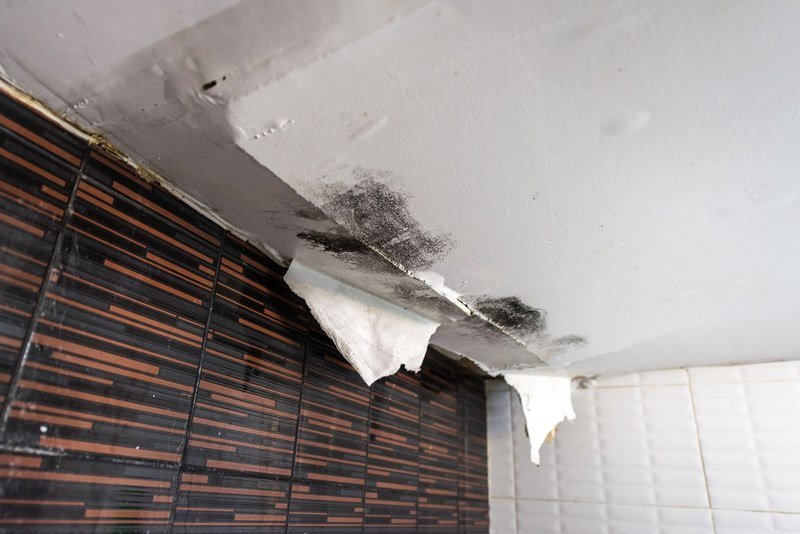Exposing the Key Origins of Leak Problems Within Your Home
Exposing the Key Origins of Leak Problems Within Your Home
Blog Article
Every person has their own unique conception in relation to Top Causes of Home Water Leaks.

Leaks not only trigger waste of water yet can likewise trigger unnecessary damage to your house as well as promote unwanted natural development. However, water leakages may go unnoticed because the majority of the pipework in our residence is hidden. By understanding as well as looking for daily circumstances that trigger leakages, you can protect your house from future leakages and unnecessary damage. Today, we will look at 6 leakage triggers that may be triggering your pipelines to trickle.
Elbowing in origins
Many water leakages start outside the house as opposed to inside it. If you see an unexpected reduction in water stress, state in your faucet, take time to head out as well as analyze your yard. You could observe wet patches or sinkholes in your lawn, and that might indicate that tree roots are invading water lines creating water to leak out. You can have your plumber check for intrusion, specifically if you have trees or hedges near your home.
Corroded water systems
This might be the cause of staining or bending on your water pipes. If our plumbing system is old, think about changing the pipes given that they are at a higher danger of rust than the newer designs.
Faulty Pipeline Joints
The factor at which your pipelines attach is regularly the weakest web link in the waterline. Pipeline joints can weaken over time, causing water leaks. However, the majority of pipe joints are not quickly noticeable. If you have loud pipes that make ticking or banging noises, especially when the hot water is turned on, your pipe joints are most likely under a lot of pressure. It is a good idea to have your plumber examine your system annually.
Instant temperature modifications.
Severe temperature level adjustments in our pipes can cause them to broaden as well as acquire all of a sudden. This development and also tightening might create splits in the pipelines, specifically if the temperature level are listed below cold.
Poor Water Connectors
Sometimes, a leak can be triggered by loose hoses and pipelines that provide your home appliances. More often than not, changing is what creates the loose water Connections. You could discover in the case of a washing machine, a hose pipe may spring a leak because of drinking throughout the spin cycle. In case of a water links leak, you may discover water running straight from the supply line or puddles around your devices.
Blocked Drains
Obstructed drains might be irritating as well as inconveniencing, yet they can sometimes end up causing an overflow causing rupture pipes. Keep eliminating any kind of materials that may go down your drains that might obstruct them to prevent such aggravations.
All the above are sources of leaks yet not all water leaks arise from plumbing leakages; some leakages could come from roof leaks. All leaks must be fixed immediately to avoid water damages.
Leakages not just cause waste of water however can also cause unneeded damage to your house and also advertise unwanted organic development. By looking as well as recognizing for daily scenarios that trigger leakages, you can secure your residence from future leaks and also unnecessary damage. Today, we will certainly look at 6 leak triggers that might be causing your pipes to trickle.
At times, a leak can be triggered by loosened tubes and pipelines that supply your appliances. In instance of a water connections leak, you might notice water running directly from the supply line or pools around your devices.
How To Check For Water Leak In Your Home
How To Check for Leaks
The average household's leaks can account for nearly 10,000 gallons of water wasted every year and ten percent of homes have leaks that waste 90 gallons or more per day. Common types of leaks found in the home are worn toilet flappers, dripping faucets, and other leaking valves. These types of leaks are often easy to fix, requiring only a few tools and hardware that can pay for themselves in water savings. Fixing easily corrected household water leaks can save homeowners about 10 percent on their water bills.
To check for leaks in your home, you first need to determine whether you're wasting water and then identify the source of the leak. Here are some tips for finding leaks:
Take a look at your water usage during a colder month, such as January or February. If a family of four exceeds 12,000 gallons per month, there are serious leaks.
Check your water meter before and after a two-hour period when no water is being used. If the meter changes at all, you probably have a leak.
Identify toilet leaks by placing a drop of food coloring in the toilet tank. If any color shows up in the bowl after 10 minutes, you have a leak. (Be sure to flush immediately after the experiment to avoid staining the tank.)
Examine faucet gaskets and pipe fittings for any water on the outside of the pipe to check for surface leaks.
Undetected water leaks can happen without the home or business owner even realizing. If you suspect a water leak, but not able to find the source. It is time to contact a professional water leak detection service, The Leak Doctor.
How To Find a Water Leak In Your Home
https://www.leakdoctor.com/blog/How-To-Check-For-Water-Leak-In-Your-Home_AE197.html

As a devoted person who reads about Most Common Causes of Leaky Pipes, I was thinking sharing that post was appropriate. Sharing is good. You just don't know, you might be doing someone a favor. I cherish reading our article about How to detect water leaks in your home.
Book Today! Report this page